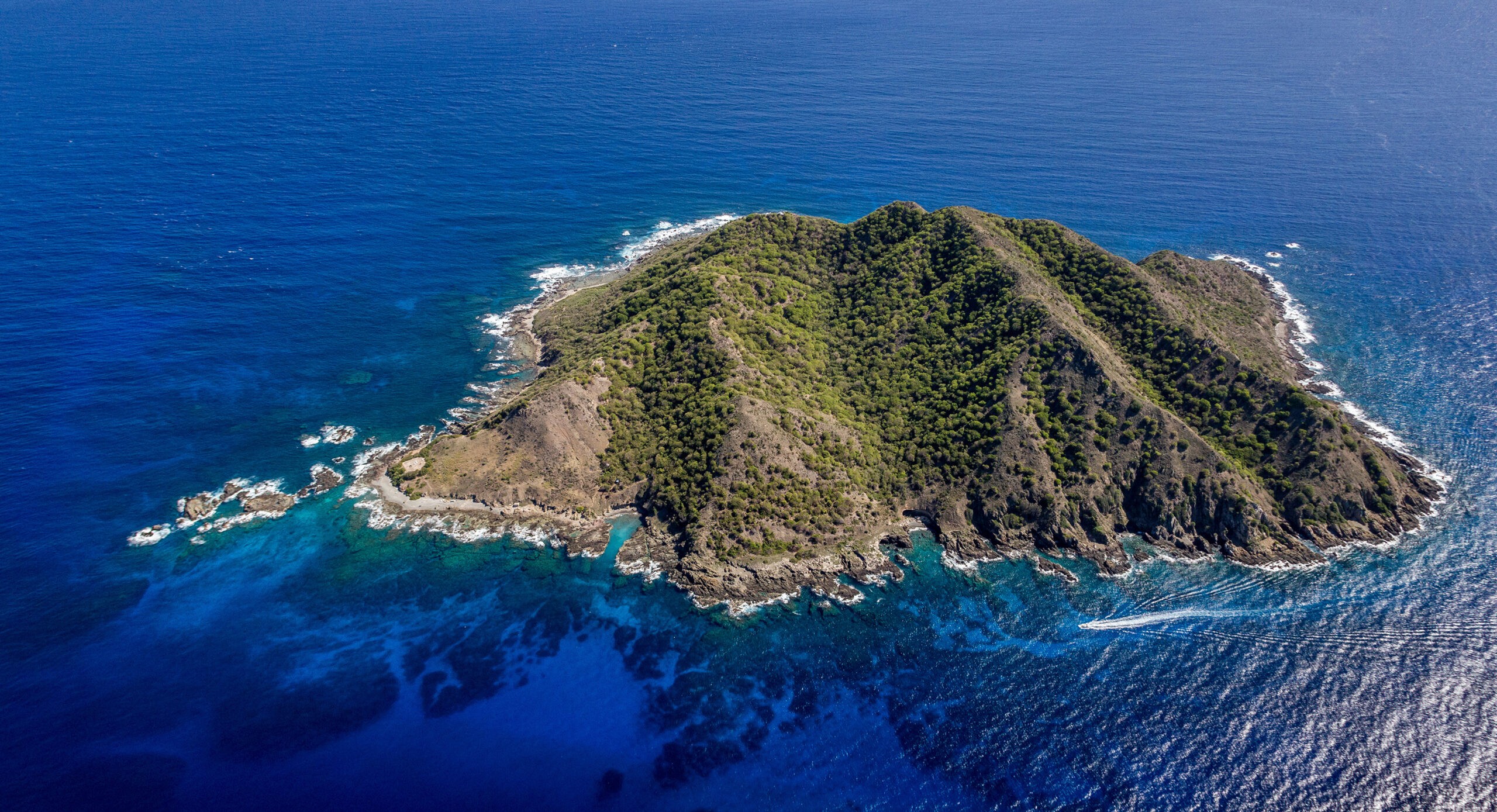April 9, 2025
Firman acuerdo para proteger al pingüino de Humboldt en isla Cachagua
La Municipalidad de Zapallar firmó un convenio con Island Conservation para proteger al pingüino de Humboldt y la biodiversidad de la Isla Cachagua.
We use cookies to help you navigate efficiently and perform certain functions. You will find detailed information about all cookies under each consent category below.
The cookies that are categorized as "Necessary" are stored on your browser as they are essential for enabling the basic functionalities of the site. ...
Necessary cookies are required to enable the basic features of this site, such as providing secure log-in or adjusting your consent preferences. These cookies do not store any personally identifiable data.
Functional cookies help perform certain functionalities like sharing the content of the website on social media platforms, collecting feedback, and other third-party features.
Analytical cookies are used to understand how visitors interact with the website. These cookies help provide information on metrics such as the number of visitors, bounce rate, traffic source, etc.
Performance cookies are used to understand and analyze the key performance indexes of the website which helps in delivering a better user experience for the visitors.
Advertisement cookies are used to provide visitors with customized advertisements based on the pages you visited previously and to analyze the effectiveness of the ad campaigns.
Looking to make an impact this Earth Month? Here’s how.

For the first time ever, an Audubon’s Shearwater nest was recorded on Desecheo Island, Puerto Rico. This is the result of a collaboration between the non—profit organization Island Conservation and the U.S. Fish and Wildlife Service to restore the island by removing invasive predators and accelerating the return of native plants and animals.
Desecheo Island is located off the northwest coast of Puerto Rico. It was designated a National Wildlife Refuge (NWR) in 1976 and is one of the nine refuges managed by U.S. Fish and Wildlife Service (USFWS) across the Caribbean. Although Desecheo used to be a critical habitat for seabirds, the introduction of invasive mammals led to habitat loss and seabird predation. As a result, five of the seven breeding seabird species disappeared from the island and the two that remained decreased to less than 2% of their original population sizes.
Thanks to the collaboration between the non-profit organization Island Conservation and USFWS, the invasive mammals were successfully eradicated from the island. Once declared free of these invasive species, USFWS, IC, and the non-profit organization Effective Environmental Restoration, Inc. (EER) joined forces for the implementation of biosecurity and social attraction projects. The latter consists of decoys, mirrors, and sound systems that are used to attract seabird species with the goal of re-establishing seabird breeding colonies on Desecheo NWR.
Caribbean Islands NWR Complex Project Leader Silmarie Padron reported: “During a visit to Desecheo NWR in 2023, a single egg was found at the base of a speaker used for social attraction. A few days later, the nesting site was revisited to deploy camera traps and collect feathers. The Smithsonian Feather Identification Laboratory confirmed the feathers to be from an Audubon’s Shearwater (Puffinus lherminieri). This is the first time that an Audubon’s Shearwater nest has been recorded on the island.”
The population of this bird species in the Caribbean is small. In fact, the Audobon’s Shearwater is the least known of all Caribbean seabird species. They are characterized by nest site fidelity and have been disappearing from some former breeding sites. Due to this, the species is classified as Near Threatened. This means that the nest found in Desecheo could indicate not only great news for Desecheo NWR eventually rebecoming a sanctuary for seabirds across the Caribbean but also for the Audobon’s Shearwater’s conservation and survival.
Jose Luis Herrera-Giraldo, Island Conservation Project Manager, stated: “All species are indispensable for ecological homeostasis. The planet depends on them for balance and stability. Nesting seabirds for example, bring nutrients that lead to the health of marine ecosystems and indirectly the rest of the planet. We humans on the other hand, can come together on the road to environmental conservation and protect all these species and their habitats, thereby protecting life on earth as we know it.”
The discovered nest proves the effectiveness and efficacy of social attraction methods and the innumerable benefits of having an island free of invasive mammals. It also gives us hope for the restoration of seabird populations in Desecheo NWR and other refuges across the Caribbean. But most importantly, it demonstrates what can be achieved through collaboration, dedication, and perseverance. Through this story we celebrate being one step closer to the restoration of Desecheo NWR as a habitat for seabirds and all of the people that have made this possible.
Click here to read the original article published in the Journal of Caribbean Ornithology and view relevant images here.
Media Contacts: Sally Esposito, Strategic Communications Director, Island Conservation, sally.esposito@islandconservation.org; Gisela Burgos, Cabo Rojo National Wildlife Refuge Visitor Services Specialist, gisella_burgos@fws.gov or 305-587-7856.
Check out other journal entries we think you might be interested in.
Notifications